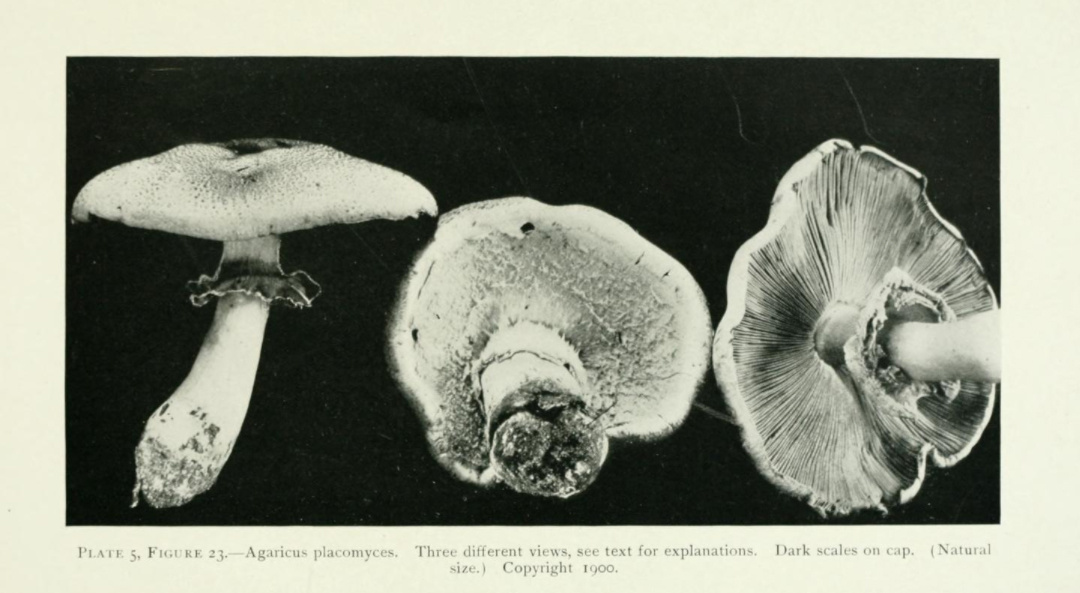Why Experimental Artist John Cage Was Obsessed with Mushrooms
“I’m what you would call an amateur mushroom hunter, and so far I haven’t killed myself or killed any other person,” the avant-garde artist and composer John Cage once joked in an interview with filmmaker Henning Lohner. However, those close to the artist would know that he was being modest, if not a bit dishonest. Cage’s fascination with fungi was anything but amateurish. And he once poisoned himself, along with six of his friends, with a dish of hellabore (a scavenged flower, not a mushroom per se), mistaken for skunk cabbage.
Cage’s lifelong obsession with mushrooms began during the Great Depression. Without sufficient money for food, the artist picked the mushrooms growing around his home in Carmel, California, and took one to the public library for further research. He discovered the fungi were edible, and ate them exclusively for about a week. In the early 1950s, Cage began foraging for mushrooms once again while living on an artist commune in rural New York State. Fascinated by their haphazard growth, the artist went on mushroom hunts, studied fungi identification, and even collected them. (The composer’s extensive fungi collection is now housed at the University of California, Santa Cruz.)
“I have come to the conclusion that much can be learned about music by devoting oneself to the mushroom,” Cage explained in “Music Lovers’ Field Companion” (1954). For Cage, the experience of finding mushrooms, often hidden under grass or mulch, was similar to the experience of hearing quiet sounds that are typically eclipsed by the noise of crying babies or fire engines.
Cage famously sought to expose this silent symphony through his seminal work 4’33”, staged in Woodstock, New York, in 1952. The performance consisted of the musician David Tudor sitting at a piano for four minutes and thirty-three seconds, without playing a single note. Instead, he opened and closed the keyboard lid three times to mark distinct periods of silence. The performance drew attention to the ambient noises in the room—the rustling of the programs, the sneezes and coughs, the raindrops of the roof—and framed these accidental sounds as the music itself.
While sounds could stimulate one’s hearing, though, mushrooms could stimulate two of the senses: sight and taste. In 1959, Cage further formalized his interest in mushroom identification by teaching a class on the discipline, along with the horticulturalist Guy Nearing, at the New School in New York City. While the dean of the school was initially hesitant about the course offering, she eventually gave her approval after recognizing the class could help students develop their observational skills. The class, which included Fluxus artists Alison Knowles and Dick Higgins, went on foraging expeditions, but only to woods accessible through the city’s public transportation system. They held large dinners to consume their spoils, and their Annual Banquet even made it into the culinary pages of the New York Times.

Page from Atkinson’s Studies of American Fungi. Image via archive.org.
On a visit to Europe that same year, Cage participated in an Italian game show called Lascia o Raddoppia (Double or Nothing). He chose mushrooms as his specialty subject. “Think carefully, Mr. Cage,” warned the host Mike Bongiorno at the $5-million-lire-question. “You must tell us the 24 names of the white-spored Agaricus contained in Atkinson’s Studies of American Fungi.” Much to the audience’s surprise, the composer confidently responded, “I can enumerate the list alphabetically.” He won the top prize of $10,000 and used the money to buy a new piano and a Volkswagen bus for his partner Merce Cunningham’s new dance company. Three years later, Cage crystallized his mushroom obsession by co-founding the New York Mycological Society, along with some of his students from the New School.
In the 1960s, Cage made a living by regularly supplying New York restaurants like the Four Seasons with the pickings from his mushroom hunts. He also invented his own fungi-focused recipes, publishing one for “dogsup,” a mushroom-filled replacement for ketchup, in American Vogue in 1965. He later published a book on the subject—Mushroom Book (1972)—in collaboration with the mycologist Alexander H. Smith and the artist Lois Long, filling the pages with more recipes, poems, scattered observations, diary entries, and illustrations. The book is now in the collection of the Museum of Modern Art.
For Cage, mushrooms and music went hand in hand, though he sometimes joked that the only relationship between the two words was their close vicinity in the dictionary. His interest in the niche subject never faded. “Often I go into the woods thinking, after all these years, I ought finally to be bored with fungi,” he wrote in his diary. “But coming upon just any mushroom in good condition, I lose my mind all over again.”
—Sarah Gottesman

No hay comentarios:
Publicar un comentario